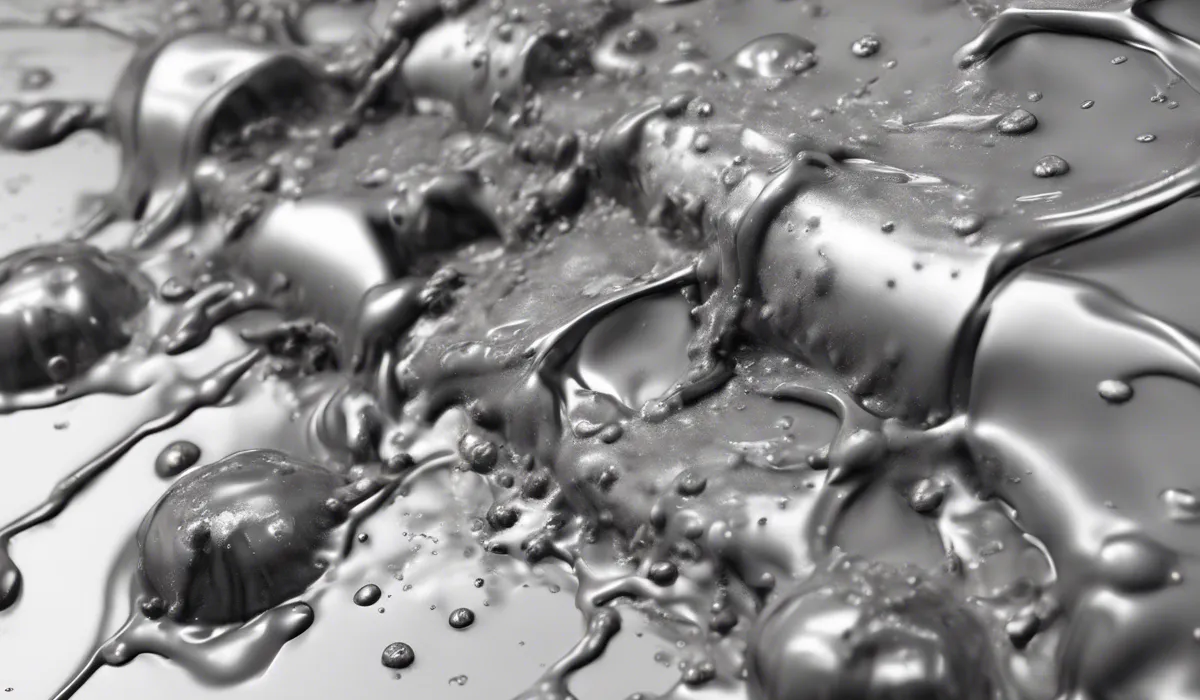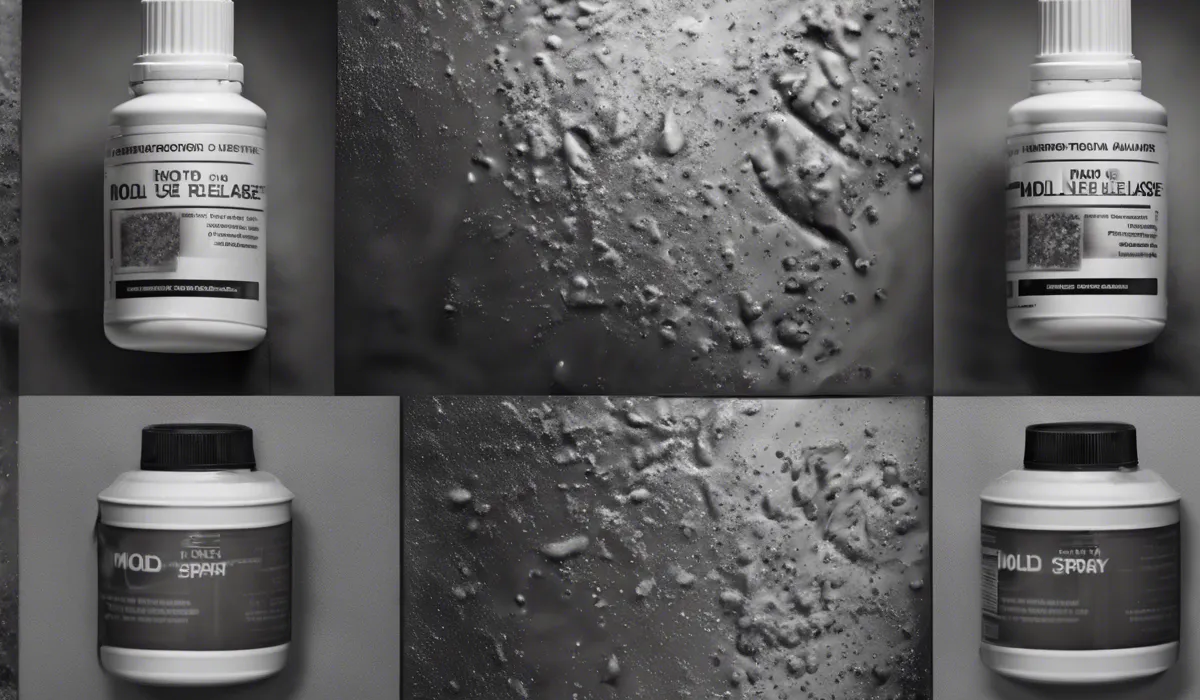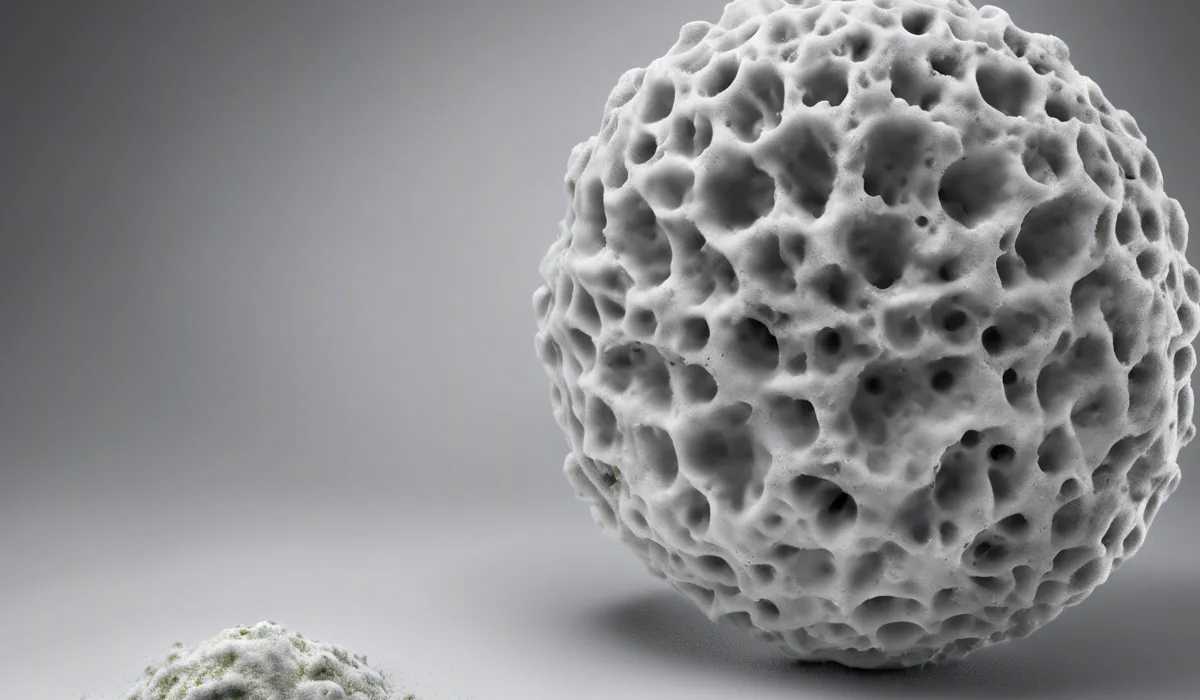To use mold release spray, first shake the can well. Hold it 10-12 inches from the mold surface and apply a light, even coat. Allow it to dry for a few minutes. For best results, apply a second thin layer. This prevents sticking and facilitates easy mold separation.
Understanding Mold Release Spray

Definition and Purpose
Mold release spray is a special product designed to prevent materials from sticking to molds during the manufacturing or crafting process.
Its primary role is to create a barrier between the mold surface and the material, allowing for easy separation once the material has set or cured.
This ensures a smooth, defect-free finish on the final product and extends the life of the mold by reducing wear and tear.
Types of Mold Release Sprays
There are several types of mold release sprays, each suited to different materials and applications.
Silicone-Based Sprays
Silicone-based mold release sprays are popular due to their versatility and effectiveness with a wide range of materials. They are easy to use and leave a slick surface, ensuring an excellent release.
Non-Silicone-Based Sprays
Non-silicone-based sprays are ideal for projects where silicone contamination might be an issue, such as in painting or bonding applications. They can offer a good release without interfering with post-processing steps.
PTFE Sprays
PTFE sprays, containing polytetrafluoroethylene, provide a highly slippery surface and are suitable for high-temperature applications. These sprays are often used in high-performance scenarios.
Wax-Based Sprays
Wax-based mold release sprays are another option, particularly for composite molding. They tend to build up a more durable release film over time with multiple applications.
Benefits of Using Mold Release Spray
Using mold release sprays can greatly improve the quality of the final product by ensuring clean and easy separation from the mold.
It can also speed up production times and reduce the need for mold repairs or replacement due to less abrasion and scratching.
Precautions and Safety Tips
When using mold release sprays, it is important to follow safety guidelines. Always use the spray in a well-ventilated area and wear protective equipment like gloves and eyewear.
It’s also crucial to avoid inhaling fumes and to keep the sprays away from open flames or heat sources.
Preparing to Use Mold Release Spray

Choosing the Right Mold Release Spray
Selecting the appropriate mold release spray depends on the material of the mold, the type of product being cast, and the desired finish.
Consider the compatibility of the spray with both the mold material and the casting material.
Safety Equipment and Materials
Before starting, gather all necessary safety equipment including gloves and protective eyewear.
Ensure that your workspace is properly ventilated. Have clean cloths or brushes on hand for applying and spreading the spray if needed.
Cleaning the Mold Surface
A clean mold is crucial for effective mold release application. Use recommended cleaning agents to remove any debris, oils, or old release agent residues from the mold surface.
After cleaning, thoroughly dry the mold to prepare it for the spray application.
Application of Mold Release Spray

Step-by-Step Application Guide
Begin by shaking the can well to mix the contents. Hold the can about 10 to 12 inches from the mold surface and spray a light, even coat.
Allow the first coat to dry for a few minutes before applying an additional thin layer if necessary to ensure complete coverage.
Testing the Application
Before going into full production, conduct a small test run with the mold to ensure the release agent is working effectively.
This can prevent issues on a larger scale and confirm that the application process was successful.
Troubleshooting Common Issues
If you encounter overspray or pooling of the release agent, you may need to adjust your application technique to apply a lighter coat or increase the distance between the can and the mold.
In cases of incomplete release, check if the mold surface was clean and dry before application or if additional coats are needed.
Maintaining Molds Post-Application
Clean the mold after each use to remove any residue of the release agent or cast material.
Store molds in a cool, dry place where they are protected from dust and contamination to ensure they remain in good condition for future use.
FAQs About Using Mold Release Spray
How do I properly shake the mold release spray can before use?
Shake the can well for several seconds to ensure the contents are thoroughly mixed before application.
What is the correct distance to hold the mold release spray from the mold surface?
Hold the spray can 10-12 inches away from the mold surface to apply an even coat.
How should I apply mold release spray to the mold?
Apply a light, even coat to the surface of the mold, ensuring complete coverage without over-application.
How long should I wait for the mold release spray to dry?
Allow the first coat to dry for a few minutes before applying the second layer.
Is one coat of mold release spray sufficient?
For best results, apply a second thin layer after the first coat has dried to ensure easy mold separation and prevent sticking.
Final Thoughts
For effective use of mold release spray, thoroughly shake the can and spray from a distance of 10-12 inches to coat the mold’s surface lightly and evenly.
Allow the initial coat to dry for several minutes before applying a second thin layer to enhance the release effect and ensure smooth mold separation.
